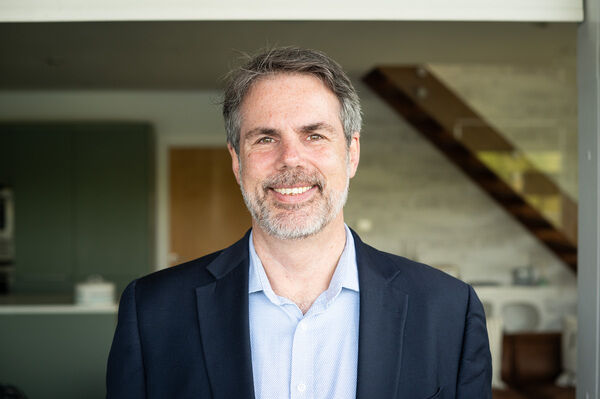Teaching courage - a four step process
by Guy EllisWhat is the process for developing courage?
We break our development programmes into four stages – Recognise the need; Training, Unlocking the Organization and Action. We work with organizations at each of these stages to ensure that courage development achieves its greatest level of success.
Recognise the Need
The first stage is critical – what business need are we trying to address? While there are many possible reasons for organizations to want to encourage courage in either the workplace or in individuals – organizational change objectives, addressing deep-rooted behavioural issues, moving towards a new strategy, becoming more innovative and so on – without a clear platform of need which is agreed by the participants, the programme will not achieve great success.
In other words, unless you can give participants an excellent reason to address their fears, why should they?
Training
The training is the easiest stage in the process. Through a combination of sharing knowledge, learning skills, using tools and techniques and understanding shared values and principles, participants are able to gain access and awareness of the mechanics of courage, both in principle and how it might apply to themselves.
For an individual, we call the movement from Training to Action the “Learning Process”.
Unlocking the Organization
While training is critical for the individual, this stage is critical for the organization. Training by itself is never enough for most participants – unless the organization addresses the many reasons as to why courage is not encouraged, employee behaviour will not change.
We address two types of organizational mechanisms – blockers and enablers. We define organizational mechanisms as those programmes, processes, activities, benefits, ways of working, structures and culture that allow an organization to achieve its goals.
Blockers are those mechanisms which act against courage while enablers boost courage. Enablers and blockers are very organizational and team specific e.g. the compensation and performance management programmes may reward individual success or team working, email may be the preferred method of communication rather than face to face, there may or may not be a clear sense of shared values, senior management may be physically separate from their teams and diversity may not be a priority.
While no organization can minimise all blockers and develop all enablers, working with the organization identifies key areas to focus on in the short and long term.
The movement from Unlocking the Organization to Action is called the “Transition Process”.
Action
The action stage brings together the participants and the organization. A key part of this stage is to measure success – whether it is greater levels of employee participation, more innovation activities, greater levels of sharing etc. – which are linked to the needs that were identified in stage one.
For us, the key to success at this stage is to visibly see action occurring and get feedback that suggests that participants are making conscious choices between clear alternatives i.e. they feel empowered.
Summary
Teaching courage in an organization is highly bespoke but follows a four stage process – Recognise the need; Training, Unlocking the Organization and Action. We work with organizations at each of these stages to ensure that courage development achieves its greatest level of success.

